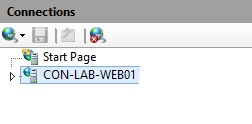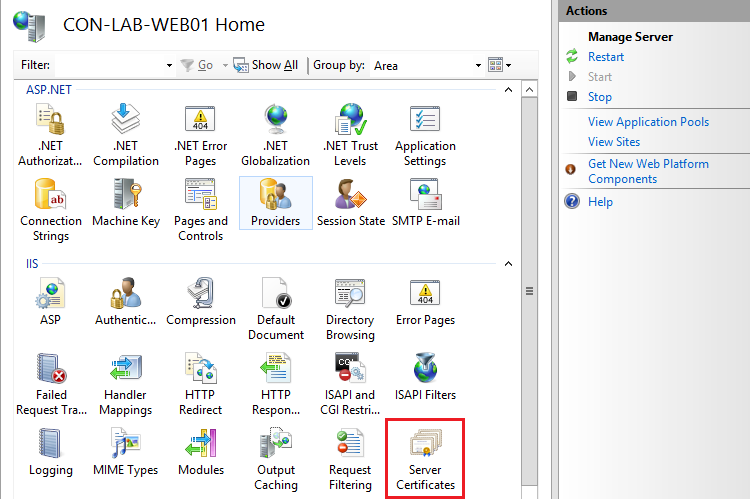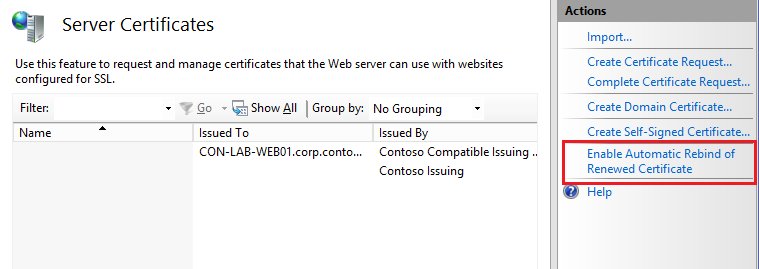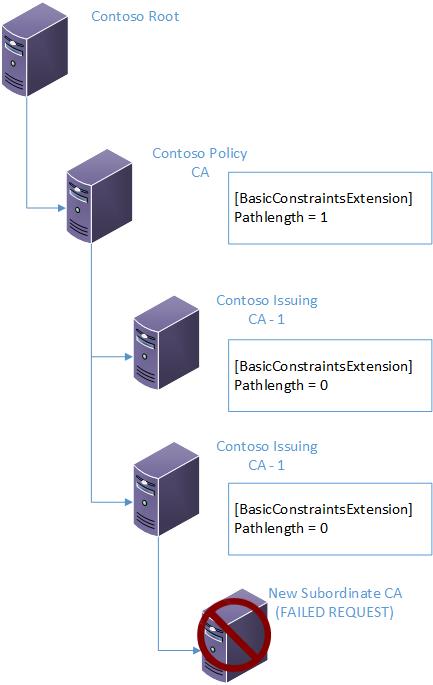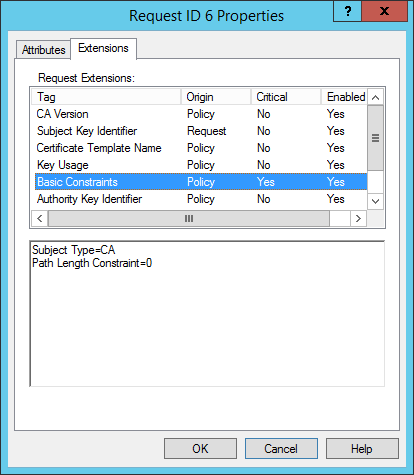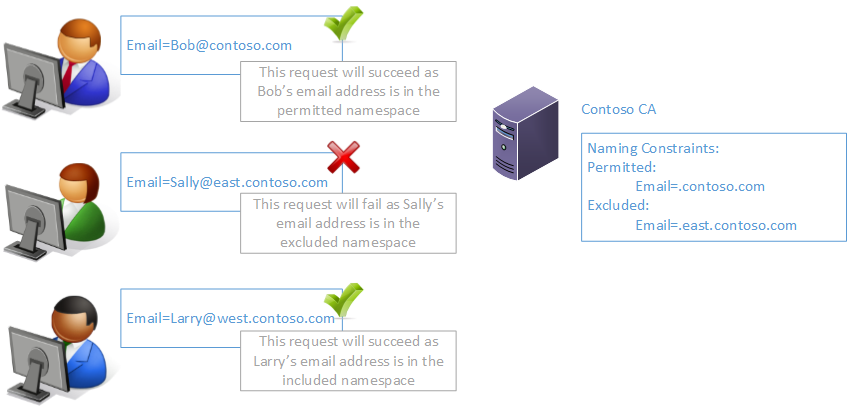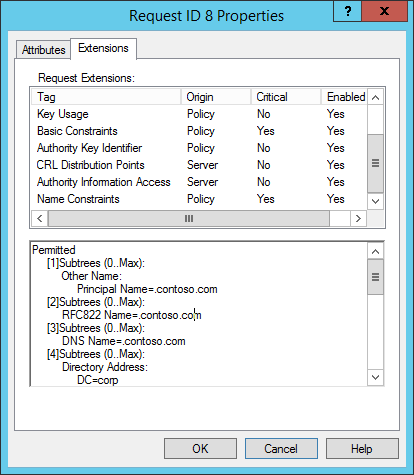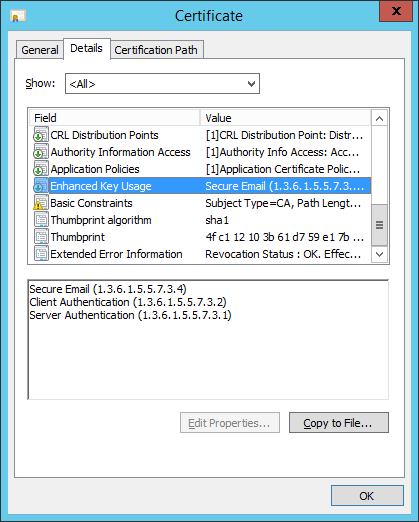Digital certificates are a key mechanism for establishing identity on the Internet. Trust in these certificates is a result of trusting the issuing entity - the Certification Authority (CA). Unfortunately, as a result of a number of CA related incidents over the past few years, that trust has been somewhat undermined. A number of approaches to address this lessened trust have surfaced in academia and industry, including Public Key Pinning, network notary based solutions such as Perspectives and Convergence, and making the list of issued certificates public by either requiring CAs to operate a simple web service, or supporting more complex protocols like Certificate Transparency (CT).
Problems with Today's Certificate Trust Model
Today, browsers base trust decisions on the inclusion of roots of trust in a root store. Inclusion in that root store is usually based on factors such as WebTrust for CA or ETSI TS 102 042 audits and adherence to industry guidelines published by the CA Browser Forum for SSL certificates. Each browser vendor may specify additional technical requirements.
Microsoft requires each root CA to provide evidence of a successful audit from a qualified auditor annually. In addition, the root CA is also required to sign a contractual agreement to follow technical requirements such as the use of strong cryptographic algorithms.
In all browsers, trusted roots are effectively treated equally, and for the most part, can issue certificates for any domain name. If one CA is compromised (e.g. DigiNotar) or fails to follow its established operating procedures (TurkTrust, ANSSI), the result is often wrongly issued or fraudulent certificates that may be used in Man-In-The-Middle (MITM) attacks to spoof the identity of web sites. CAs are not infallible and when problems do arise, the CA has a very difficult task detecting all fraudulent or wrongly issued certificates quickly or at all.
Detecting fraudulent certificates (or any fraudulent cryptographic statements in general) used in MITM attacks is difficult because the attacker often erases any evidence of issuance from the compromised CA. Detecting attacks from the victim’s point of view is also difficult because the victim do not have data from the perspective of users not under attack for reference.
As the cost of computing power decreases, the likelihood of attacks against weak cryptographic algorithms has significantly increased. In May 2012, a complex piece of targeted malware known as “Flame” was identified which essentially spoofed the Windows Update channel by exploiting a Microsoft operated CA that was still using MD5 and convinced the victims to download its binaries as a security update from WU. This incident taught us that simply requiring all CAs to stop using weak cryptographic algorithms is not sufficient. We must also monitor the ecosystem closely for compliance and drive the ecosystem to switch to stronger algorithms by announcing timelines to block weak crypto algorithms from MS products far in advance.
Microsoft’s Vision for Improving the Trustworthiness of Certificates
Microsoft believes the best way to improve the security of certificates is to have the capability to detect fraudulent or wrongly issued certificates in the wild quickly.
Like the SmartScreen Filter built into Internet Explorer that is designed to warn users when they attempt to visit a phishing site, we believe monitoring the internet for fraudulent or wrongly issued certificates should be an integral part of the browsing experience. We also believe that any viable solution to improve the security of certificates cannot add more complexity or place more burden on web site operators and end users.
In Internet Explorer 11, we have extended the telemetry collected by the SmartScreen Filter to include the SSL certificates presented by web sites. We are building tools to analyze this information on our servers to build intelligence about certificates issued by every root CA trusted by IE as seen by our users around the world. Our initial goal is to flag potential MITM attacks using publicly trusted certificates that affect thousands of IE11 users. Over time, we will enhance the feature to detect attacks against a smaller number of IE users.
The following are examples of some of the scenarios where we can detect fraudulent or wrongly issued certificates using this data, in addition to detecting CAs to do not meet the technical requirements defined either in the Microsoft Root CA Program, or in the CA Browser Forum guidelines.
1.A website is using a certificate that is capable of being used as a subordinate CA. This would indicate the certificate has been issued wrongly
2.If a website suddenly presents a different certificate only to a certain region where a different CA issued the certificate. This might indicate a possible MITM attack in a specific country or region
3.There was a sudden and significant change in the fields a CA includes in certificates it issues. For example, omission or change in the OCSP responder location. This would indicate a CA was either compromised, or has not followed standard operating procedures
When potential fraudulent or wrongly issued certificates have been identified, we will work with the CA to identify the cause. Depending on the severity and scale of the problem, the CA could revoke the certificate using standards based certificate revocation mechanism. In addition, Microsoft may also use the Disallowed Certificate Trust List mechanism to revoke certificates that affect the security of a broad set of Microsoft customers.
Note that that the detection of homoglyphic attacks (where human is fooled due to visual similarity, such as rnyspace.com and myspace.com) and fraudulent certificates issued as a result of insider attacks are out of scope.
Transparency vs Privacy
Many customers consider internal DNS records to be sensitive information that they do not want to make public. At the same time, they may prefer to purchase certificates from public CAs for servers on their internal network where the server name is under subdomain of a public domain name that is not published in public DNS records. With more businesses permitting employees to bring your own device (BYOD) and use them on internal networks, we believe customers should have the option to purchase certificates from a public CA for internal servers without disclosing internal network information to the public.
We also believe domain registrant should have the option to monitor all certificates issued by all public CAs that contain their domain names, once the domain registrant prove domain registration. Such as service could be similar to the Smart Network Data Service (SNDS) operated by Outlook.com to allow owners of IP address space to help fight against spam. In addition, domain registrants could be notified by email when new certificates with their domain names appear in our database. The domain registrant would have the option to report suspicious certificates to us and notify the CA to revoke the suspicious certificate.
Privacy is a core component of trustworthy computing. Microsoft is committed to helping ensure users’ privacy while providing protection from unsafe websites. Telemetry submitted to the SmartScreen web service for evaluation is transmitted in encrypted format over HTTPS. The data is not stored with a user's IP address or other personally identifiable information. Because user privacy is important in all Microsoft's products and technologies, Microsoft has taken steps to help ensure that no personally identifiable information is retained or used for purposes other than improving online safety; data will not be used to identify, contact, or provide advertising to users. You can read more in our privacy statement.
Conclusion
In conclusion, with IE11, you can feel safer when browsing to your popular email or banking website. We do this in a seamless manner for both user and trusted CAs perspective via collecting telemetry as part of user browsing activity and performing analysis on our backend servers. New certificate related activities for a domain name could be automatically reported to domain registrants who can decide whether it needs to be revoked or not. In summary, Microsoft is working hard to protect you from fraudulent or wrongly issued certificates with a solution that does not require changes to existing web site operations or the IE user experience.
Acknowledgement
Manythanks to Kelvin Yiu andAnthony Penta for co-authoring this blog post. Also, thanks to Nelly Porter, Kevin Kane, Glenn Pittaway and Magnus Nystromfor their review of this blog post.




